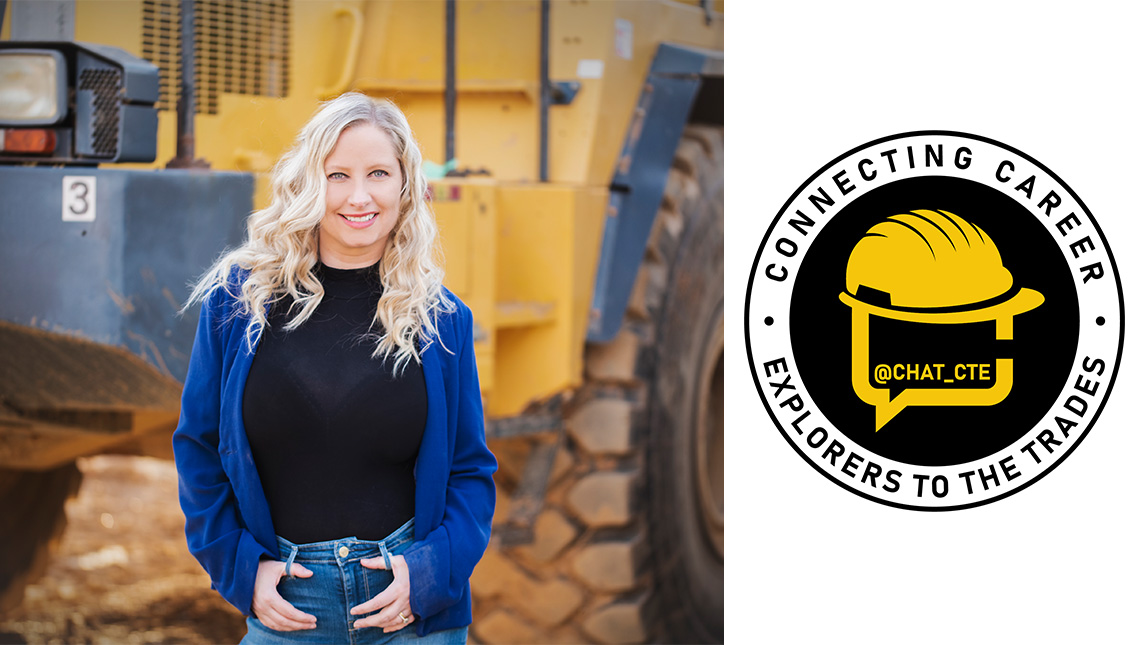
Jeremy Tarbet, a winner of the 2023 Harbor Freight Tools for Schools Prize for Teaching Excellence, has discovered over time that fostering students’ creativity can boost their knowledge in the shop. When it comes to students not feeling engaged in problem-solving projects, Tarbet knows it takes engaging solutions. Below is Tarbet’s description of one of his favorite projects from his award-winning automotive program.
“About eight years ago, I found that students in my program were struggling with the creativity to solve common issues in automotive. When learning some of the basic engine knowledge, they were prone to giving up in situations where they found themselves unable to complete a task. Common problems that are difficult to solve in the shop are broken bolts, hard to reach bolts, or even bolts that are too tight for their given strength. All these issues can be easy to work out and usually need the use of their creativity and a wide array of different tools to get the job done.
To work out some of the creativity/knowledge problems I was seeing in the classroom, I created the ’model engine project’. The idea is based on the notion that if I tap into their creativity, they will be able to tap into it for tasks in the shop. The project is fun for the students and zero time is used in the classroom for completion. It is a time for the students to build the project on their own without their peers’ influence, and it is also a test of their patience through trial and error.
The project itself is very simple. The students are tasked to find a picture of an engine and create a model of it using only recycled material. Students are not allowed to buy any parts for the build—they must use cardboard, foam, or other materials that are commonly found around the house. Color and design of the engines differ student to student but provide the opportunity for them to make it their own. It is always fascinating to see what different items students will use to make the same parts of an engine. They will often try multiple items before they find one that works best for their engine, and this is where the creativity through trial and error really shows in the final project.
The outcome is that students must not only learn about the engine, but they need to learn the parts associated with the engine to build a successful model. Students use their creativity to solve problems, using coke bottles, bottle caps, tape, foam, cardboard, pie tins, and a whole assortment of items to make the project a success. Through their creativity, they can enhance their knowledge of automotive terminology. Ultimately, this project shows them that you can start with a task and complete it successfully through creativity, hard work, and determination.”

